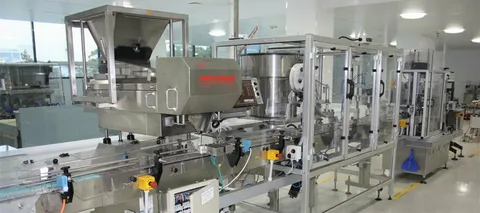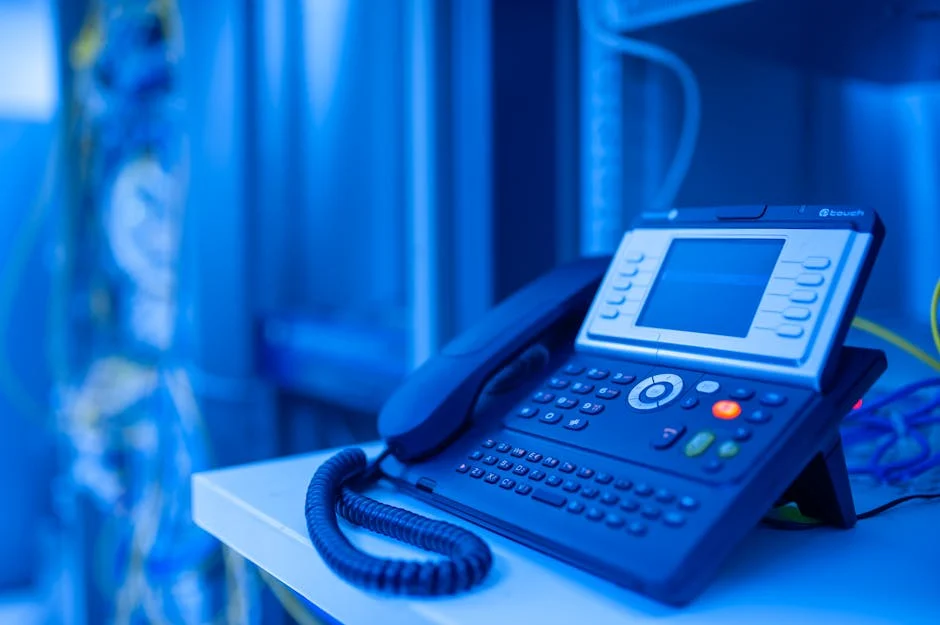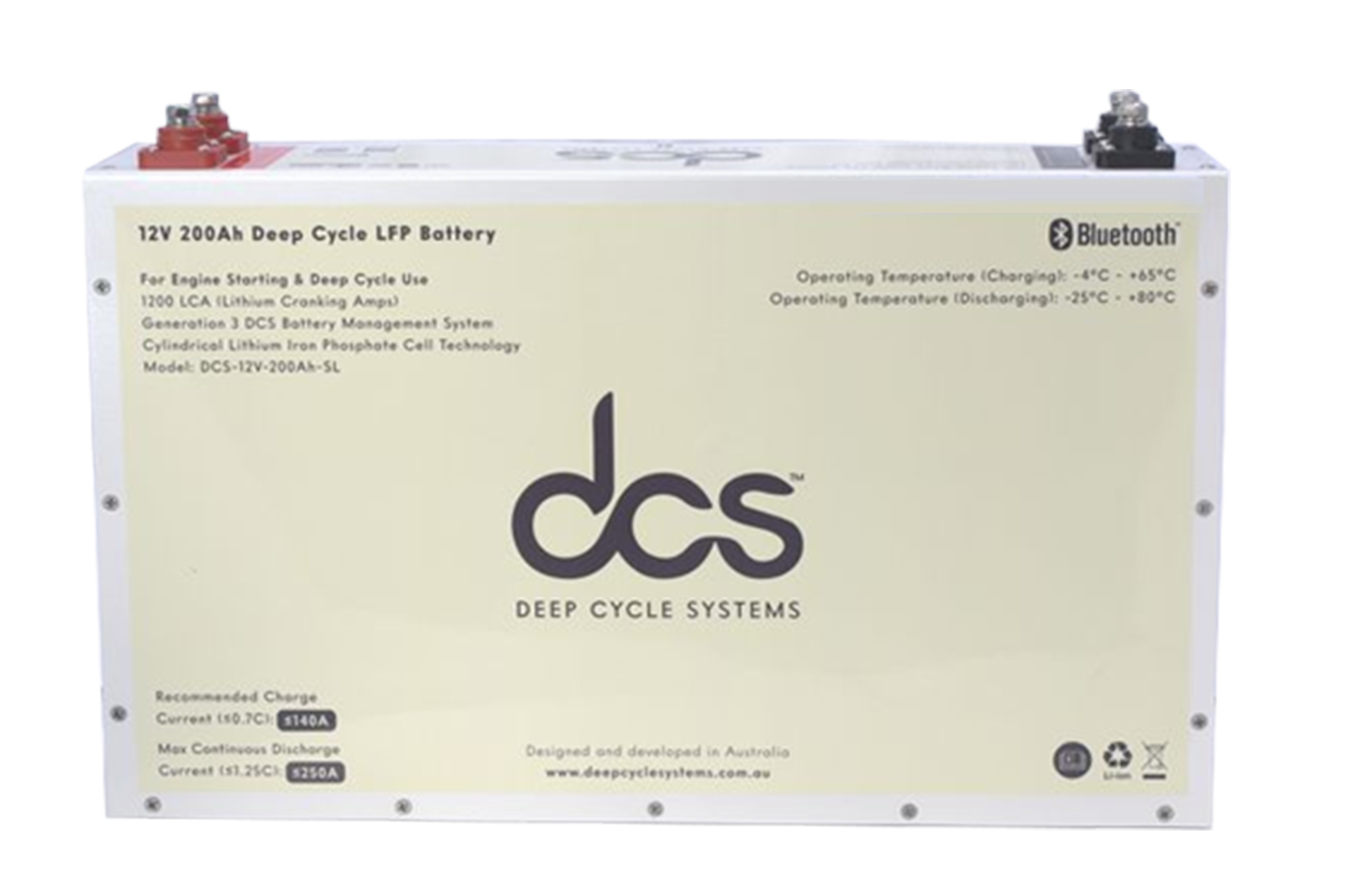Healthcare facilities require precision, cleanliness, and consistent functionality. Behind the scenes, various systems operate silently to ensure clinics and hospitals run smoothly. One such essential system is the clinic plant. In the UAE, where modern medical infrastructure continues to grow rapidly, the role of clinic plants has become increasingly important. These facilities support the medical environment by providing utilities like medical gases, HVAC systems, and water treatment units that maintain strict hygiene and safety standards. Whether you are a healthcare administrator, a facility manager, or someone interested in healthcare systems, understanding what a clinic plant does can help you appreciate how crucial it is to patient care. This article explores the functions, types, components, and importance of clinic plants in the UAE’s medical landscape.
What Is a Clinic Plant?
A clinic plant refers to the central utility systems that support clinical and hospital operations. These systems ensure that critical infrastructure—such as oxygen supply, vacuum systems, air conditioning, and sterilization equipment—operates efficiently.
In simpler terms, it is the technical backbone of a medical facility. It houses machines and systems that maintain the clinic’s operations without interruption. Without these support systems, no hospital or clinic could deliver consistent care.
Key Components of a Clinic Plant
Understanding the components gives you a better idea of how the system functions. Most clinic plants in the UAE include the following elements:
1. Medical Gas Supply Systems
Medical gases like oxygen, nitrous oxide, and compressed air are essential in surgeries and patient care. The clinic plant stores and regulates these gases.
2. Vacuum Systems
These remove air and fluids during surgeries and medical procedures. They are critical for maintaining a sterile and efficient environment.
3. HVAC Systems (Heating, Ventilation, and Air Conditioning)
Temperature control is vital in clinics. HVAC units maintain air quality and temperature, creating a comfortable and safe environment for patients and staff.
4. Water Purification Systems
Clinics need purified water for various applications, especially in sterilization and laboratory settings.
5. Backup Power Supply
In the UAE’s hot climate, uninterrupted electricity is essential. Clinic plants include backup generators and UPS systems to keep operations running during outages.
Why Clinic Plants Matter in the UAE
1. Climate Considerations
The UAE has an extreme climate, with temperatures soaring above 40°C. Clinic plants ensure that temperature-sensitive areas like operating rooms stay within optimal ranges.
2. Modern Healthcare Infrastructure
The UAE has heavily invested in state-of-the-art hospitals and clinics. With high-tech equipment in use, reliable utility systems are non-negotiable.
3. Patient Safety and Hygiene
Clinic plants support infection control protocols by maintaining strict environmental standards.
4. Energy Efficiency
With rising energy concerns, many UAE facilities are shifting to energy-efficient systems. Modern clinic plants now include eco-friendly technologies to reduce their carbon footprint.
Types of Clinic Plants Found in UAE Medical Facilities
Depending on the size and type of healthcare center, clinic plants vary in design and functionality:
1. Centralized Systems
Large hospitals often use centralized utility systems. These supply multiple departments from a single plant room.
2. Modular Clinic Plants
Smaller clinics may use modular systems that are compact and easier to maintain. These are ideal for outpatient centers and specialized clinics.
3. Mobile Clinic Units
For remote areas or temporary setups, mobile clinic plants offer basic support systems. These are crucial for field operations, especially in emergencies.
Installation and Maintenance in the UAE
1. Design Phase
Installing a clinic plant starts with the design phase. Engineers assess the clinic’s requirements and plan accordingly.
2. Compliance with UAE Regulations
The UAE has strict building and health safety codes. Clinic plants must meet Ministry of Health and Prevention (MOHAP) standards.
3. Routine Maintenance
Proper maintenance ensures the system’s longevity. In the UAE, maintenance contracts often include 24/7 support due to the critical nature of healthcare operations.
Challenges in Managing Clinic Plants
1. High Initial Costs
Setting up a clinic plant involves a significant investment, especially for high-capacity systems.
2. Regular Inspection Requirements
To meet regulatory standards, clinic plants require frequent inspections and documentation.
3. Specialized Staffing
Operating these systems requires trained professionals. Clinics in the UAE often hire technical staff or outsource to specialized service providers.
Future Trends in Clinic Plants in the UAE
1. Smart Systems Integration
More facilities are integrating IoT (Internet of Things) for real-time monitoring and automation.
2. Sustainable Technology
Green clinic plants that use solar panels or energy recovery systems are gaining popularity in the UAE.
3. Compact Designs
As real estate costs increase, space-saving solutions are being developed without compromising performance.
Clinic Plants and Regulatory Bodies in the UAE
Several organizations oversee the standards for clinic plants in the country:
- Ministry of Health and Prevention (MOHAP)
- Dubai Health Authority (DHA)
- Department of Health – Abu Dhabi (DoH)
These agencies ensure clinic utility systems comply with health and safety regulations. Clinics must obtain approvals and renew licenses regularly.
Who Needs to Understand Clinic Plants?
Understanding clinic plants is not just for engineers or contractors. The following professionals benefit from this knowledge:
- Facility Managers: For maintenance and system upgrades
- Healthcare Administrators: To ensure operational continuity
- Procurement Officers: For choosing equipment and service providers
- Healthcare Architects: For designing efficient layouts
- Investors: To assess operational costs of a medical facility
Conclusion
In the UAE’s fast-evolving healthcare landscape, the clinic plant serves as the engine room behind every patient care unit. From powering medical equipment to maintaining hygiene and temperature standards, its role is foundational. As more clinics open across the region—each designed with efficiency, safety, and technology in mind—the demand for reliable clinic plants continues to rise. Whether you are building a new clinic, managing an existing one, or simply exploring healthcare infrastructure, understanding how clinic plants work gives you a clearer view of what makes a facility function at its best.




